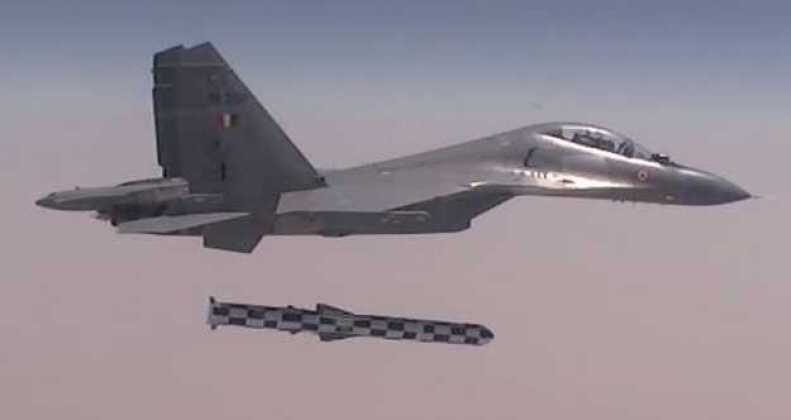News
India Approves Purchase of Enhanced Su-30MKI Fighter Squadron From Russia: What is Next For the Fleet?
The Indian Defence Acquisition Council has approved the purchase of 12 Su-30MKI heavyweight fighters from Russia, with over 60% of their components set to be produced under license in the country. The council reported that the purchase “will give a substantial boost to the Indian defence industry,” with defence officials informing local media that the aircraft would be “the most modern Su-30 MKI aircraft of the Indian Air Force, equipped with multiple Indian weapons and sensors.” The Su-30MKI is the most widely operated twin engine fighter class in use in any Air Force in the world with an estimated 270 in service. India placed its last order for 12 fighters in 2020, and has placed parallel orders for lighter complementary MiG-29UPG aircraft which, although less capable, use similarly advanced avionics and have lower maintenance needs and operational costs. The Su-30MKI first entered service in 2002, and today forms the backbone of the fleet with 11 squadrons in service and a twelfth expected to be formed in the near future. The fighter was widely considered the world’s most capable when it first entered service, and was one of the first to integrate features such as phased array radars and thrust vectoring engines. Although Indian industry has benefitted considerably from license production of the Su-30MKI, it has produced them with lower efficiency and reportedly with an inferior manufacturing quality compared to the airframes built in Russia under initial batches, with Russian built airframes costing around half as much as those produced in India.

The Su-30MKI was heavily customised for Indian requirements, and merged the capabilities of the Su-30 long range interceptor with technologies from the cancelled Su-27M and Su-37 air superiority fighters which had been too expensive for the Russian fleet. This included use of the Su-37’s N-O11M radar – one of the first ever electronically scanned array radars integrated onto a fighter – as well as the Su-35’s controlled canards, AL-31FP engines and thrust vectoring nozzles. The Su-30MKI has demonstrated comfortable capability advances over rivals such as the British Eurofighter and American F-15 during simulated combat exercises, and remains the most capable fighter in South Asia. The aircraft’s success led to derivatives such as the Su-30MKA and Su-30SM being produced in considerable numbers initially for export to Algeria and Malaysia, and subsequently to serve in the Russian Air Force and the Russian Navy. All derivatives of the Su-30MKI design are produced at a plant in Irkutsk, with Myanmar, Belarus and Algeria being among the recent clients.

India is currently developing an AESA radar for the Su-30MKI to replace the N-O11M, which although state of the art for its time has fallen increasingly behind the top sensors deployed by Chinese fighters including the new J-10Cs exported to Pakistan. While Su-30MKIs have been incrementally upgraded between production batches, new missiles are expected to revolutionise their capabilities including the Russian R-77M developed for the Su-57 fifth generation fighter, and the very long ranged R-37M which has recently been extensively combat tested in Ukraine. The BrahMos cruise missile jointly developed by Russia and India, under a program that involved considerable technology transfers from Russian industry, has also recently been integrated onto some Su-30MKI units which has revolutionised their standoff precision strike capabilities. India is eventually expected to procure fifth generation heavyweight fighters from Russia to serve as direct successors to the Su-30MKI, namely direct derivatives of the Su-57 either purchased ’off the shelf’ from Russian production lines or acquired as part of a license production deal. A license production deal is considered significantly more viable than joint ownership of the Su-57’s technologies as a full partner in development, which India had initially sought to realise through the FGFA deal that it withdrew from in the late 2010s.












